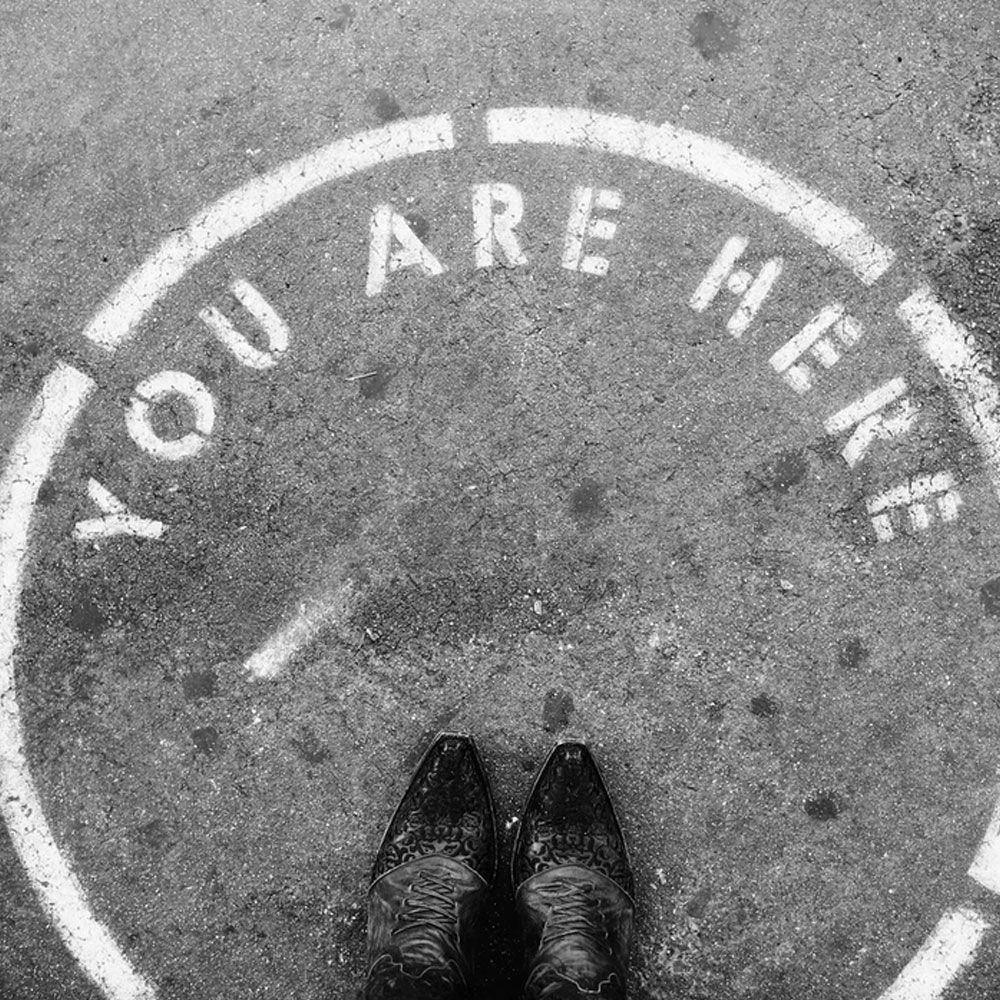Business plans don’t need to be novels, in fact they can be as short as you want to make them. The key benefit to having a business plan for your cafe is so you have something to refer back to as your business evolves. It helps you take a look at some of the hard questions and evaluate how you are going to be successful in your business.
Some things that you could include in a business plan:
- What are your goals for the business
- What marketing strategy can you implement
- Outline an operations plan
- Who will be the key people within your business
- How are you going to stand out from your competition
- Who is your target audience and where do they hang out
- What finances do you need to get started and stay afloat
- Sales and profit projections for the first few years

Start with your goals
Start with the reason why you are opening a café. Has this always been a dream of yours or are you hoping to buy yourself a new career or bring more business to your local community. Are you planning to operate a café for a few years or decades to come. Are you planning to sell at some stage. These are all things to consider while creating a business plan for your café. But the biggest question to start with is why? Work your why into one or two sentences and place it somewhere you can see it every day. Not only will this remind you what you are trying to achieve, but it will keep you focused on the overall goal. To get you started, try filling in the blanks with this: “Our goal is to create a ______ that offers ________ by/for_______.”

Marketing
Before looking at marketing strategies, you need to think about two main questions first:
- Who is your ideal customer and what do they want?
- Who is your competition and what is your competitive advantage?
The more you know about your ideal customers, the more you can tailor your business to appeal to them. Consider their demographics, ages, occupations, needs and times more likely to visit your café. Are they likely to pass by on their way to work or grab a coffee before shopping. Create a short customer profile for each type of customer that you may appeal to. This will help you gain a better understanding as to what their needs and wants maybe.
When considering marketing, you will also need to think about your overall offerings. What items will be on your menu? Do you need to offer lunch items or can you operate without a full kitchen? Aside from coffee, how many other drink alternatives should you offer? Create a menu that will suit your top ideal customers, but don’t make it so large that it becomes overwhelming and costly. Keep it to a varied selection that will keep your quality and profits as high as possible.

Competition and Competitive Advantage
Take a look at existing cafes in your area and what they are offering. What do you think is working best for them, what are their unique selling points, and what could you do differently or better? Take a look at their online presence, consider their menus, trading hours and pricing and over all brand image. Once you have a clear understanding of your competition, it will be easier to identify your competitive advantage. How can you stand out from the rest, what are your unique selling points?
Market research shows that chain brands are often perceived as having poor quality coffee and service standards. An independent store could stand out from these with unique, well planned out branding. Also, by hiring and training staff that are passionate about coffee and customer service. Build a café that offers a welcoming and specialty atmosphere.

Pricing and promotions
While considering your competitors and unique selling points, you should also take a look at competitor pricing and where you will place yourself inline with that, to match locals expectations.
Promotions and advertising will vary from in person offers to paid advertising on social media. It is important to plan everything out so your brand image matches across all promotions.
Some things you can consider for promoting and marketing are:
- How will you appeal to your ideal customer and get their attention?
- Will you be offering any instore deals such as loyalty cards?
- What social media platforms will you be focusing on?
- Is it worth using paid advertising or seasonal incentives?
- How far around your café do you want to advertise?

SWOT Analysis
A SWOT Analysis looks at your strengths, weaknesses, opportunities and threats.
Examples of each:
Strengths: experience, coffee quality, location
Weaknesses: unknown brand, lack of experience with business operations
Opportunities: new and intriguing to customers, new partnerships, trading hours
Threats: existing competitors, changes in nearby location, untrained employees
Branding
Once you have an understanding of your ideal customer, competitors and the type of business you want to develop, you can start to research branding for your business image. Consider things like the layout and style that will appeal to your customers. What kind of businesses currently appeal to them, and how can you best cater to your customers when they visit your café. When you have a set location, consider the branding and how it will play into the over all design and layout of the café. You can take this as far as you like; simply right a list of how everything flows or go as far as to draw a detailed floor plan. What will work best for you?
Operations plan
An operations plan looks at how you are going to run your business. Will you be a company, partnership or sole trader. What approvals and registrations do you need before you can open your doors. Consider the equipment, insurances, trading hours and start to outline to overall operation.
Some considerations:
- Construction certificates
- Registration of business name
- Food business notification
- GST registration
- PAYG withholding
- PPCA licenses
- Insurances for workers, damage and business interruption etc
Location
Not everything will happen in an exact order, you may have a space available before you work on a business plan. Or you may look at leasing a shop based on what is available and cost. Whatever the case maybe, you will need to take a look at the surrounding area. Are you in a shopping centre or other high foot traffic area. Are you near other local businesses, where staff may be potential lunch time customers. Based on location and floor space available, how many customers do you think you can cater to at one time? How many staff will be required to keep service at an amazing level. Which brings us to the next point; people!
People
Another thing to include a business plan for your cafe is who is going to help you make this dream happen? What experience are you bringing along and what other skills will you need to acquire. Who is going to do the finances, serve the customers, do the marketing, order the menu items, oversee the building etc.
Create an organisation structure that considers each role from the owner to casual staff. Set a standard for the experience and skill sets required for each role.

Equipment
Equipment for a café can cost around $20,000.
Finances
One you have a clearer idea of location and people required, you will be able to create a profit and loss statement. A general rule of thumb, is to create a profit and loss statement for three years. Budget for opening costs, running costs and where the money is coming from. You will need to forecast sales so you can create some benchmarks for your café.
Consider things like construction, equipment, payroll and where the money is coming from.

Timeline
Do you have a time line in mind for building, branding, opening date? You will have a million things to consider at any one time. Keep a calendar of everything that needs to take place and when so you can track it at a glance. Keep small checklists on each day of the calendar so you can check of tasks, no matter how small.
Closing
Hopefully, this provides you with a great starting point for your business plan or gives you some pointers to add to an existing one. While no one wants to consider failing, it is also worth including an Evacuation strategy in your plan. Just in case! Covering what if scenarios, such as lease breaks, what equipment will need to be returned and what actions will need to be taken to ensure a smooth exit plan.

